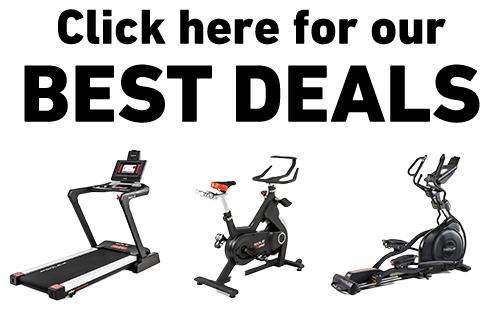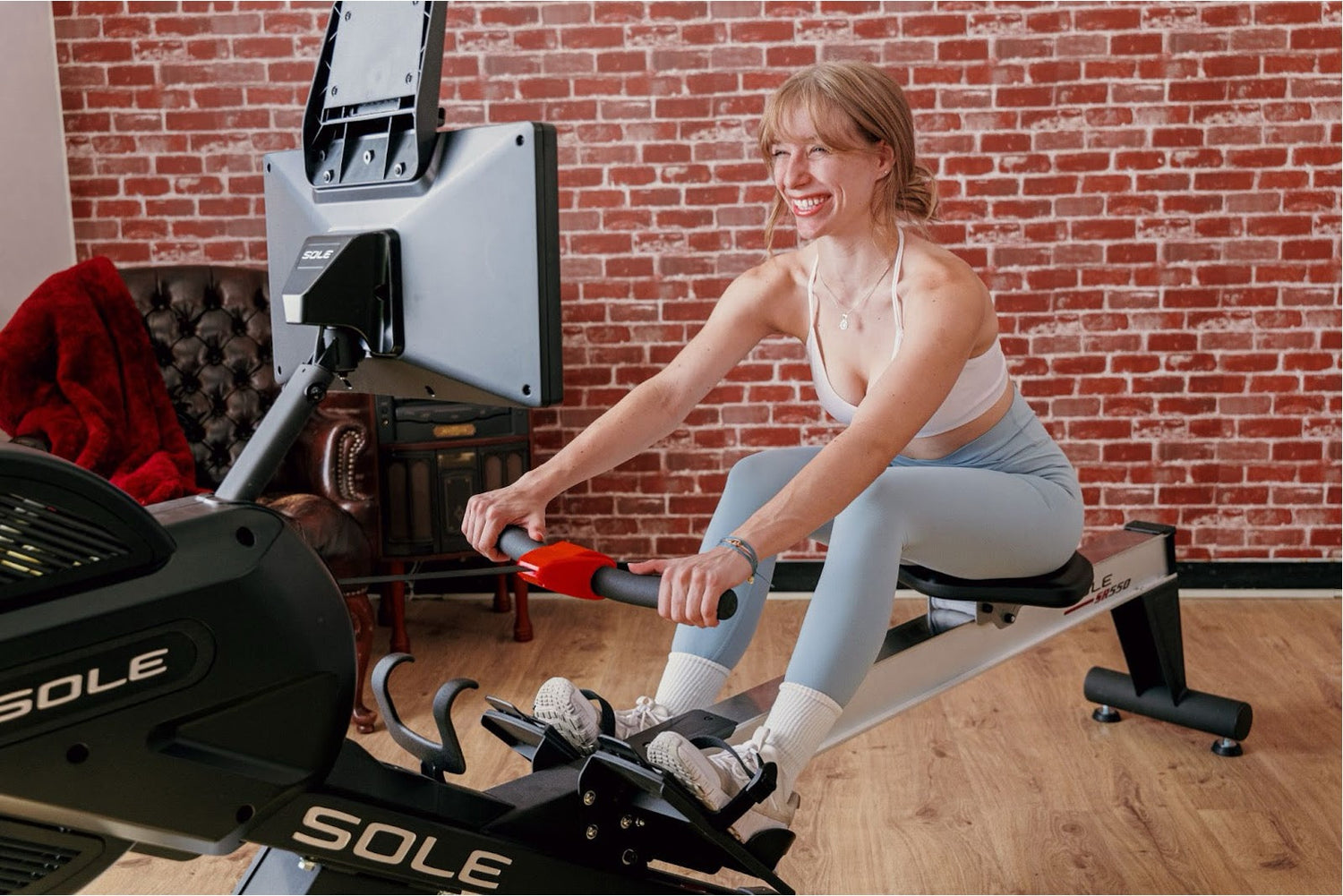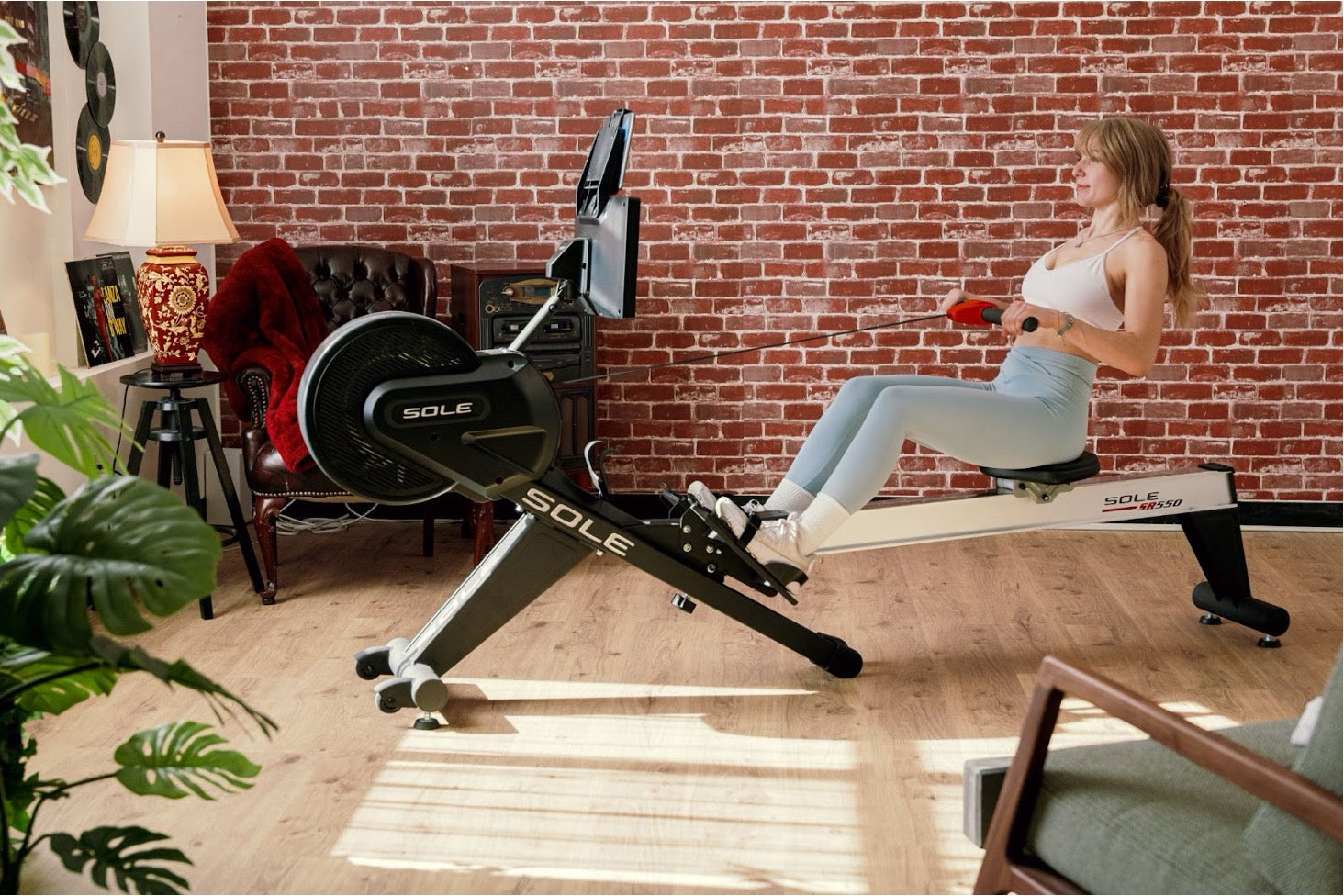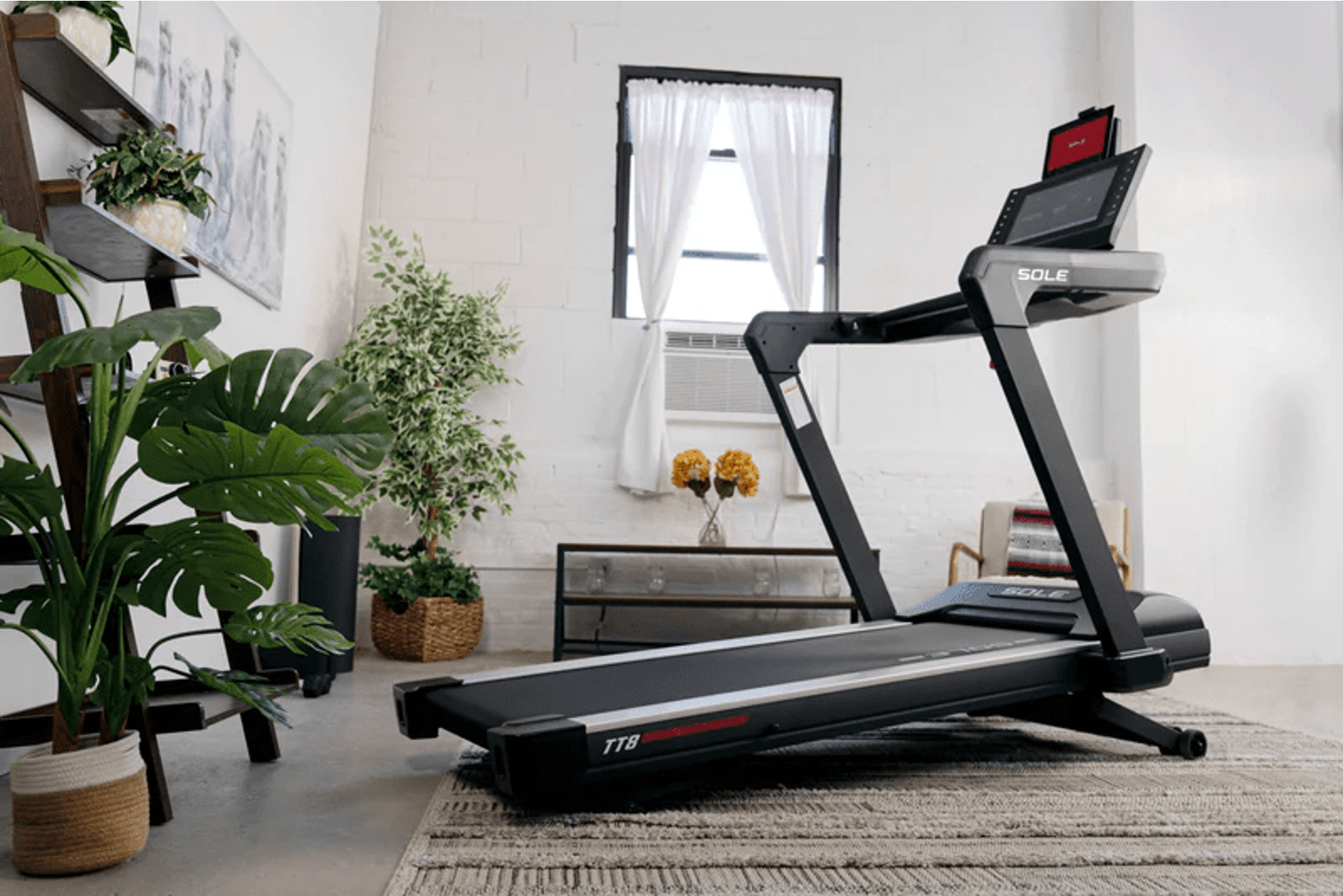Key Takeaways
- Rowing improves cardiovascular health, similar to swimming.
- Rowing also engages multiple muscle groups like the triceps and biceps that are crucial for swimmers.
- There are three distinct rowing workouts swimmers can try which are endurance, strength, and technique.
- Our SR550 Rowing Machine provides high-intensity resistance training that mimics swimming muscle engagement.
The Benefits of Rowing for Swimmers
Cardiovascular Improvement
Rowing is an excellent cardiovascular exercise. When you're rowing, your heart and lungs work hard, just like when you're swimming. This helps boost your endurance - it's a win-win situation because the stronger your heart and lungs are, the better you can perform in the pool.
Muscle Engagement
Rowing engages a wide range of muscles such as your triceps, biceps, lats, and core, which are all vital for swimming.
When you row, you're not just working on your arms and legs; you're engaging your entire body. This full-body workout helps swimmers develop the strength they need for powerful strokes and efficient movement in the water.
Endurance Enhancement
Rowing builds endurance by challenging your muscles and cardiovascular system.
As you push through a rowing session, your body adapts, becoming more efficient and capable of sustaining longer efforts.
This translates directly to swimming, where endurance can make or break your performance.
|
At SOLE, we're proud to offer top-quality exercise equipment designed for home and gym use. Our machines are built to meet the highest standards of durability and performance, making them ideal for fitness enthusiasts at any level. SOLE Products
|
Endurance Workout
To get started, ensure you have the proper rowing technique. Sit tall, engage your core, and use a smooth, controlled motion. This workout will focus on maintaining a steady pace over an extended period, simulating the demands of a long swim.
Step-by-Step Routine
- Warm-up: 5 minutes of easy rowing at a gentle pace.
- Main set: 20-30 minutes of rowing at a moderate pace, maintaining a steady stroke rate.
- Cool down: 5 minutes of easy rowing to bring your heart rate down.
Strength Workout
This workout focuses on building muscle strength and endurance, enabling swimmers to execute stronger pulls and kicks in the water.
This workout will primarily target your back, shoulders, arms, and core. Specifically, the latissimus dorsi, trapezius, rhomboids, biceps, triceps, and abdominal muscles will be activated, contributing to more powerful and efficient swimming strokes.
Step-by-Step Routine
- Warm-up: Start with 5 minutes of gentle rowing to prepare your muscles.
- Main set: Alternate between 1 minute of high-intensity rowing and 2 minutes of moderate rowing for a total of 20 minutes. Focus on strong, powerful strokes during the high-intensity intervals.
- Cool down: Conclude with 5 minutes of easy rowing to relax your muscles and gradually lower your heart rate.
Technique Workout
The technique workout is focused on precision and form. The goal is to execute each stroke with accuracy, focusing on the catch, drive, finish, and recovery phases.
This attention to detail helps swimmers fine-tune their technique, leading to more efficient movements in the water.
Improving Stroke Technique
- Catch: Engage your core and prepare for the drive.
- Drive: Push with your legs and pull with your arms simultaneously.
- Finish: Lean back slightly and draw the handle to your lower ribs.
- Recovery: Extend your arms, lean forward, and slide your seat forward to start the next stroke.
Step-by-Step Routine
- Warm-up: 5 minutes of light rowing, focusing on form.
- Main set: Perform 10 sets of 1-minute rowing with a focus on technique, followed by 1 minute of rest. During each set, concentrate on perfecting each stroke phase.
- Cool down: 5 minutes of easy rowing, maintaining good form.
Integrating Rowing into Swim Training
Balancing Pool and Rowing Sessions
- Alternate between swimming and rowing on different days to allow for muscle recovery.
- Incorporate rowing sessions on days when you focus on technique or endurance in the pool.
- Use rowing as a cross-training tool to prevent overuse injuries and maintain variety in your routine.
Measuring Progress
Track your progress by monitoring your rowing metrics, such as stroke rate, split time, and overall distance.
Pay attention to how these improvements translate to your swimming performance. As you become more proficient on the rowing machine, you should notice increased endurance, strength, and efficiency in the pool.
Recommendations for Swimmers
To maximize the benefits of rowing, swimmers should aim to incorporate 2-3 rowing sessions per week into their routine.
Balance these sessions with pool workouts and make sure you’re getting adequate recovery time for muscles. Focus on different aspects of fitness—endurance, strength, and technique—by changing between the three rowing workouts.
You should also prioritize proper form and technique on the rowing machine to prevent injuries and achieve the best results.
Glide Stronger with the SOLE SR550
The SOLE SR550's realistic "on-water" rowing motion engages many of the same muscle groups used in swimming, making it an excellent cross-training tool for swimmers, especially during off-season or when pool access is limited.
Its dual air and magnetic resistance system delivers smooth, quiet strokes, while the 10.1" touchscreen with preloaded programs—including HIIT and customizable options—helps you tailor every session to your goals.
With features like a raised 19-inch seat for easy access, wireless resistance controls, and foldable storage, the SR550 blends performance and convenience. Whether you're building endurance, strengthening your pull, or staying swim-ready in the off-season, the SR550 is a smart way to keep your edge.
Check out our SOLE SR550 Rower!
Frequently Asked Questions (FAQ)
How often should swimmers use the rowing machine?
Swimmers should aim to use the rowing machine 2-3 times per week. This frequency allows for adequate recovery while providing consistent benefits to endurance, strength, and technique.
What are the key benefits of rowing for swimmers?
Rowing enhances cardiovascular fitness, engages key muscle groups, and builds endurance. It also helps refine technique, leading to more efficient swimming strokes.
Additionally, rowing provides a low-impact workout that complements swimming, reducing the risk of overuse injuries.
Can rowing replace swimming workouts?
While rowing is an excellent cross-training tool, it should not replace swimming workouts entirely. Swimming-specific skills and techniques can only be honed in the water.
Rowing should be used to supplement swim training, enhancing overall fitness and performance.
How to prevent injury while rowing?
To prevent injury, focus on maintaining proper form and technique. Engage your core, keep your back straight, and use a smooth, controlled motion throughout each stroke.
Start with a proper warm-up and cool down, gradually increasing intensity as your fitness improves.
What rowing machines help swimmers maintain conditioning?
Our SOLE SR550 rowing machine is ideal for swimmers' cross-training - it offers realistic water-like motion that targets swimming muscle groups with high-intensity capabilities to maintain your power during pool off-seasons.




Leave a comment
This site is protected by hCaptcha and the hCaptcha Privacy Policy and Terms of Service apply.